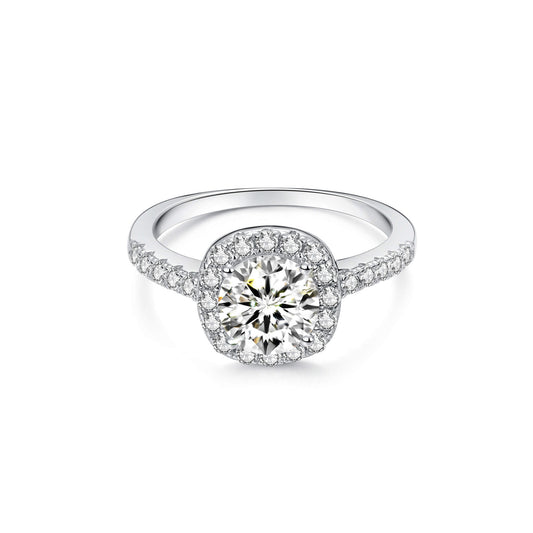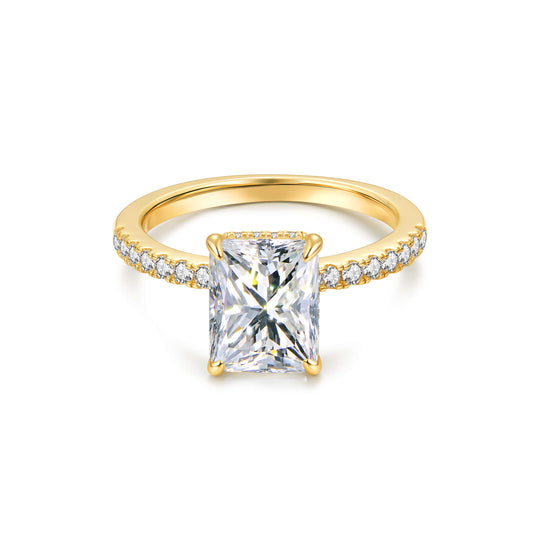What Finger Is for Engagement Ring? Meaning and Traditions
Understanding Engagement Ring Placement
Selecting an engagement ring is a significant milestone in any relationship. It symbolizes love, commitment, and the promise of a future together. However, many people wonder, what finger is for engagement ring placement?
The tradition of wearing an engagement ring varies across cultures, with historical and symbolic meanings influencing where the ring is placed. This guide explores the history, traditions, and modern practices surrounding engagement rings, helping you understand why certain fingers are chosen and what they represent.
The Tradition of Engagement Rings
Engagement rings have been a symbol of commitment for centuries. The practice of exchanging rings dates back to ancient Rome, where rings were used to signify a binding agreement between two people.
Over time, the engagement ring became a universal tradition, with each culture adapting its own customs regarding what finger is for engagement ring placement.

Why the Left Hand’s Fourth Finger?
One of the most well-known traditions is wearing an engagement ring on the fourth finger of the left hand. This custom originated from the belief in the vena amoris, or “vein of love,” which was thought to run directly from this finger to the heart.
The Vena Amoris: A Romantic Myth
While modern anatomy has disproven the idea of a special vein connecting the ring finger to the heart, the symbolism remains strong. The vena amoris concept has continued to influence engagement ring traditions, making the left hand’s fourth finger the most popular choice in many Western cultures.
Even today, when people ask, “what finger is for engagement ring placement?”, the answer often points to the left hand’s ring finger due to its romantic and historical significance.

Engagement Rings as a Symbol of Love and Commitment
The engagement ring has evolved significantly over the centuries, becoming a universal symbol of commitment and love.
The Evolution of the Engagement Ring
• Ancient Rings: Early engagement rings were made from iron, bronze, or gold, often without gemstones.
• Gemstone Addition: Over time, rings began incorporating precious stones to symbolize different qualities of love.
• Diamond Engagement Rings: In the 1940s, a famous De Beers campaign popularized the idea that “A Diamond is Forever,” solidifying diamonds as the ultimate engagement ring choice.
Why Are Diamonds a Popular Choice?
Diamonds are chosen not just for their beauty, but also for their durability and symbolism. As one of the hardest natural substances, diamonds represent strength and everlasting love, making them a fitting choice for engagement rings.
Which Hand for the Engagement Ring? Cultural Variations
While the left hand’s fourth finger is the standard placement in many Western countries, other cultures have different traditions regarding what finger is for engagement ring placement.
Left Hand vs. Right Hand Traditions
• Left Hand (Common in Western Countries) – The United States, Canada, the UK, and France follow the tradition of wearing engagement rings on the left hand’s ring finger.
• Right Hand (Popular in Eastern Europe, India, and Russia) – Countries like Germany, Russia, and India favor the right hand’s fourth finger for engagement rings due to cultural beliefs about the left hand being less auspicious.
What Happens to the Engagement Ring on the Wedding Day?
The Transition from Engagement Ring to Wedding Band
On the wedding day, many couples temporarily move the engagement ring to the right hand to make room for the wedding band on the left ring finger.
Some couples choose to solder the engagement ring and wedding band together, creating a unified piece symbolizing their lifelong commitment.
Post-Wedding Ring Placement
After the wedding, the engagement ring can be worn:
• On the same finger as the wedding band (stacked together).
• On the right hand (especially for those who prefer separate placements).
Ultimately, what finger is for engagement ring placement after the wedding is a personal choice.
Practical Considerations for Wearing an Engagement Ring
Comfort and Durability
Daily activities influence where and how you wear your engagement ring. If you have a hands-on job or frequently wear gloves, you may prefer to wear the ring on your non-dominant hand to reduce wear and tear.
Ring Size and Fit
A properly fitted ring ensures both comfort and security. Rings that are too loose may slip off, while tight rings can cause discomfort.
Caring for Your Engagement Ring
To maintain your ring’s beauty and longevity, regular maintenance is essential.
Ring Maintenance Tips
• Regular Cleaning: Use a gentle jewelry cleaner or warm soapy water to keep the ring sparkling.
• Professional Inspections: Have a jeweler inspect the ring once a year to check for loose stones or metal wear.
• Safe Storage: When not wearing the ring, store it in a soft jewelry pouch to prevent scratches.
Conclusion: A Personal Choice
The decision regarding what finger is for engagement ring placement is ultimately a personal one. Whether you follow traditional customs or prefer a modern approach, the most important aspect is the meaning behind the ring.
By understanding the history, cultural traditions, and personal preferences, you can confidently choose where to wear your engagement ring in a way that best reflects your love and commitment.











